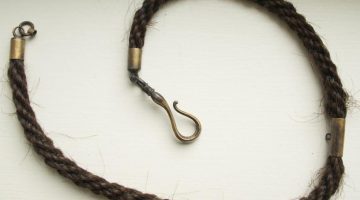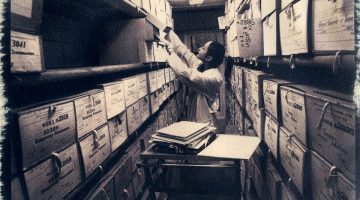Counterfactual History in a New Video Game
Digital History: A Primer (Part 2)
Mapping the Earth, Mapping the Air

Knowing one’s exact location was among the greatest challenges of the human push into the air, as it is in the exploration of any new frontier, before there were such things as aeronautical charts, that is, maps for aerial navigation. It is easy for a generation with pocket sized access to Google Maps to underestimate how different our world looks from above if you have only seen it from ground level.
Twitter for Historians
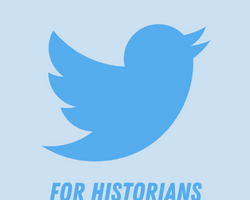
In his novel, The Life and Opinions of Tristram Shandy, Gentleman, Laurence Sterne describes the character Uncle Toby and his hobby-horse, the military. A hobby-horse, which the Oxford English Dictionary defines as “a favourite pursuit or pastime,” is something you’ve trotted out and ridden nearly to death. At the risk of losing the remainder of my friends, I am here to once again sing the praises of my hobby-horse, Twitter, and explain why you should be on it if you care about history.
African American History Online
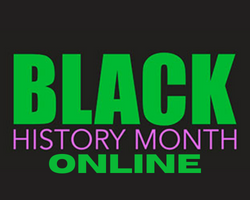
If Digital History is “using new technologies to enhance research and teaching,” as the excellent website from the University of Houston puts it, then African American history is being well-served digitally. In honor of African American History month, I survey here one enormous and useful website that gives us all access to a very wide variety of materials.
True History of the Kelly Gang by Peter Carey (2001)*
Casta Paintings

In 1746 Dr. Andrés Arce y Miranda, a creole attorney from Puebla, Mexico, criticized a series of paintings known as the cuadros de castas or casta paintings. Offended by their depictions of racial mixtures of the inhabitants of Spain’s American colonies, Arce y Miranda feared the paintings would send back to Spain the damaging message that creoles, the Mexican-born children of Spanish parents, were of mixed blood.
Gunter Demnig’s “Stumbling Blocks”

Demnig’s project asks Germans to take an active role in the reconstruction of the Nazi past of their own cities and localities. Demnig sets stumbling stones in the pavement only on the invitation of local organizations or groups of citizens who have developed an interest in his project and who have researched the histories of the victims who are to be remembered with these stones.
“Not Like Baghdad” – The Looting and Protection of Egypt’s Treasures
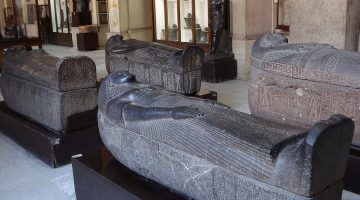
This weekend, as Cairo’s protestors struck their tents and tidied up Tahrir Square, a clean-up operation of another sort was underway nearby: in the Egyptian Museum, home to King Tutankhamen and countless other archaeological treasures.
